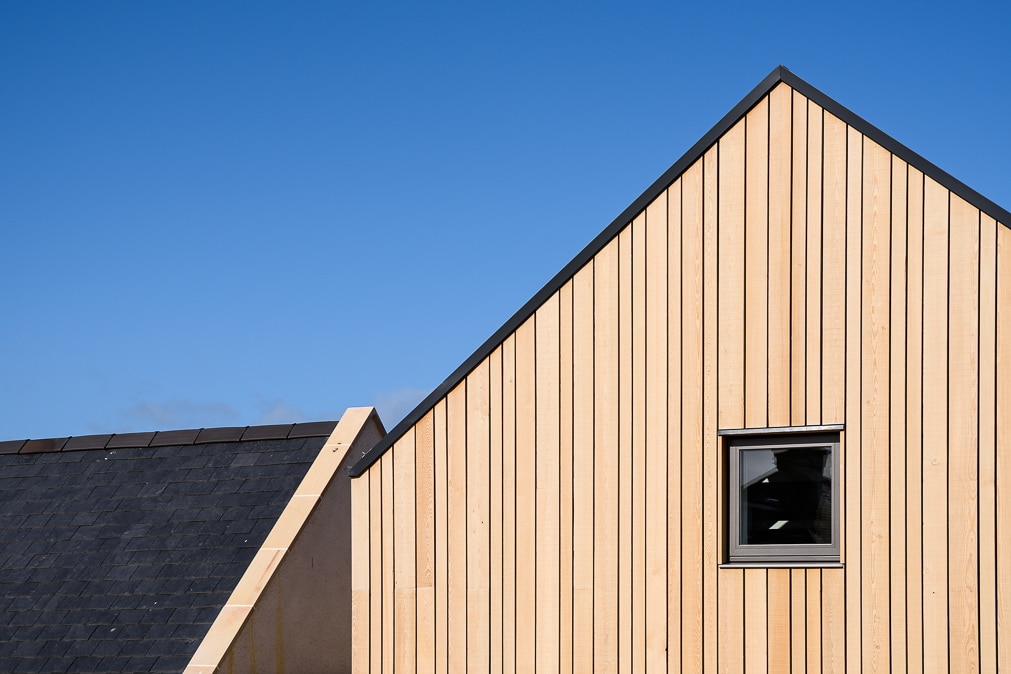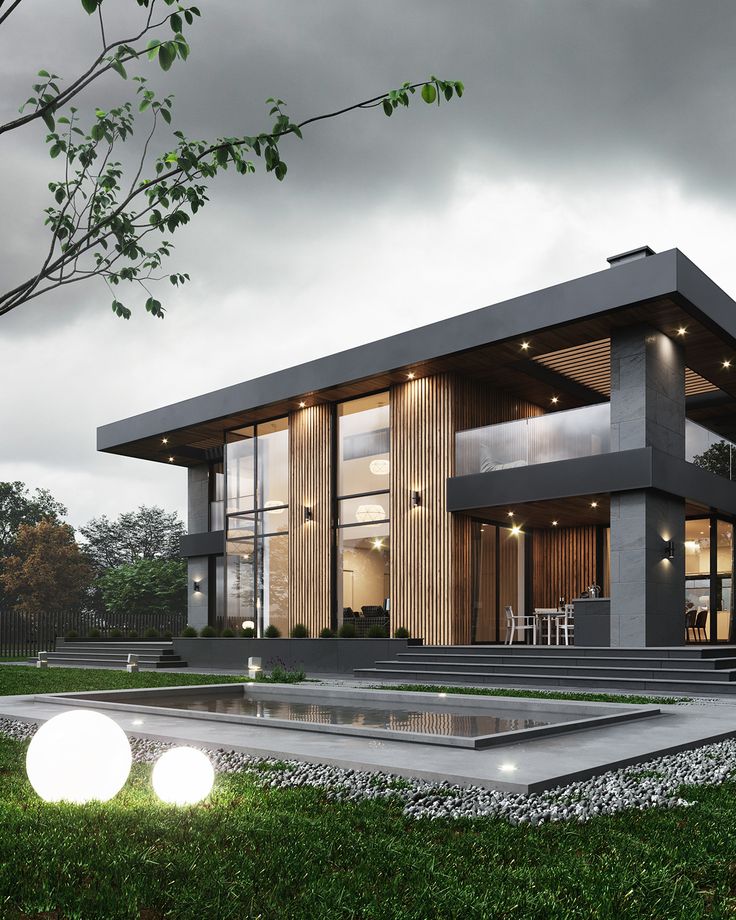The term timber cladding refers to planks or boards of wood interlock with each other to cover buildings in a functional and beautiful finish. Timber cladding is effective for sound and heat insulation and these are its primary functions as an external surface, in addition to creating some visual appeal.
There are many types of timber cladding available on the market and each of them offers its own advantages, drawbacks, costs and maintenance implications.
Here are a few tips to help you know more about different types of timber cladding.
Types of Timber Cladding
Oak Cladding

Oak is a traditional choice since it is naturally durable and is generally kiln or air-dried to ensure a target moisture content of between 15% and 20% before it is machined or fitted. This is done to ensure reliable structural stability.
Oak cladding is available in different finishes like chocolate, sandy browns and honey tones. This type of cladding offers versatility that complements a range of color schemes.
However, if left untreated, oak products develop a silver patina naturally over time. Also, oak is a premium type of wood compared to softwood, so be prepared to pay a bit more for oak. The upside is that it requires little maintenance in the long run, making it more convenient.
Western Red Cedar Cladding

This softwood cladding is naturally durable, visually appealing and generally easy to work with. When installed and finished appropriately, Western Red Cedar can last more than 50 years to offer a good service life.
Experts remark that the natural beauty of this wood cannot be replicated by synthetic materials. The tight grain patterns, soft texture and natural hues make it quite an attractive option.
Western Red Cedar is naturally resistant to decay, which makes it a good choice for exterior cladding. Its durability is further evident in how the wood remains straight and lasts many decades even if untreated.
However, Red Cedar is relatively low in density and can easily be dented. When left untreated, it fades to a silver-gray color.
Western Red Cedar has an expected service life of between 40 to 60 years.
Larch Cladding

Source -
Larch is one of the most popular timber species used in cladding. It is available in a wide range of colors that vary from warm amber tones to shades of golden brown. When left untreated, larch weathers into a striking grayish hue over time.
Also, larch is considerably cheaper than Western Red Cedar. It is also denser and therefore more resistant to dents and knocks.
Like other softwoods, European larch takes on staining and painted finishes quite well, and is therefore a good idea if you are after a cohesive color scheme that involves you staining your timber cladding in a particular finish.
Depending on how well it is machined and installed, European larch is expected to offer a service life of at least 30 to 40 years.
Expect some shrinkage since larch is less stable than other softwoods. You can limit this natural trait by acquiring larch wood that has been kiln-dried to ensure even seasoning.
Sweet Chestnut

This type of wood is more durable, lightweight and visually striking compared to other hardwoods. It has a golden-brown hue similar to oak, with strong grain patterns and occasional dark streaks. Sweet chestnut is strong and quite stable and thus is subject to less splitting and distortion compared to other types of hardwood cladding.
Sweet chestnut weathers over time into a silver-gray color when left untreated. It is durable and reliable which has made it a traditional material for timber cladding that has stood the test of time.
Scientific research has revealed high levels of tannin in larch, a naturally-occurring substance that makes timber naturally resistant to insects.
However, sweet chestnut is subject to water staining and significant tannin leakage, especially during early stages of weathering after installation.
Sweet chestnut has an expected service life of between 40 and 60 years.
Douglas Fir

This type of softwood is sometimes referred to as Oregon pine or British Columbian pine. It is a moderately durable coniferous species that is popular because of its characteristically warm appearance.
Douglas Fir has an appealing red-brown hue which may differ slightly based on the parts of the tree that individual pieces were cut. When left untreated, this wood undergoes weathering that changes the color from reddish-brown to a striking silver color.
Douglas Fir is easy to work with, granted that it can be easily machined and takes nails, screws and glue quite well. However, it has a relatively low expected service life of between 25 and 35 years.
Douglas Fir is reasonably dense and is inherently resistant to quality-decreasing factors like fungal decay. It also has high resin levels which means it can be left untreated while still maintaining durability over long periods.
Modified Timber Cladding

Source -
There are many modified timber cladding boards available and they are chemically and heat treated to achieve desirable qualities.
The most popular forms of modified timber cladding include Thermowood which is heat-treated pine and Brimstone which is thermally modified British poplar, sycamore and ash.
Chemically modified timber includes Accoya and Kebony. Experts indicate that modified timber is a great alternative to tropical hardwoods.
They are often lightweight and durable and can be a bit brittle, thus warranting delicate care during installation.
Conclusion
Generally, European oak, Douglas fir, Western red cedar and European larch are among the most common wood species used to machine these types of cladding. These types of wood do not require preservative treatment as they are naturally resistant to rot, insects and moisture penetration.
All of these types of timber can be machined and joined in many different variations, and you can create and install the design of timber cladding you desire.
Contact your local woodworker and check the type of cladding available in your area. Picking out the right type of cladding will be a bit time-consuming, but the beautiful outcome is worth the effort.
Your budget will determine the type of cladding you want, so take your time to consider factors such as maintenance, ease of machining and price to ensure you end up with worthwhile and attractive timber cladding.






Leave a comment
This site is protected by hCaptcha and the hCaptcha Privacy Policy and Terms of Service apply.